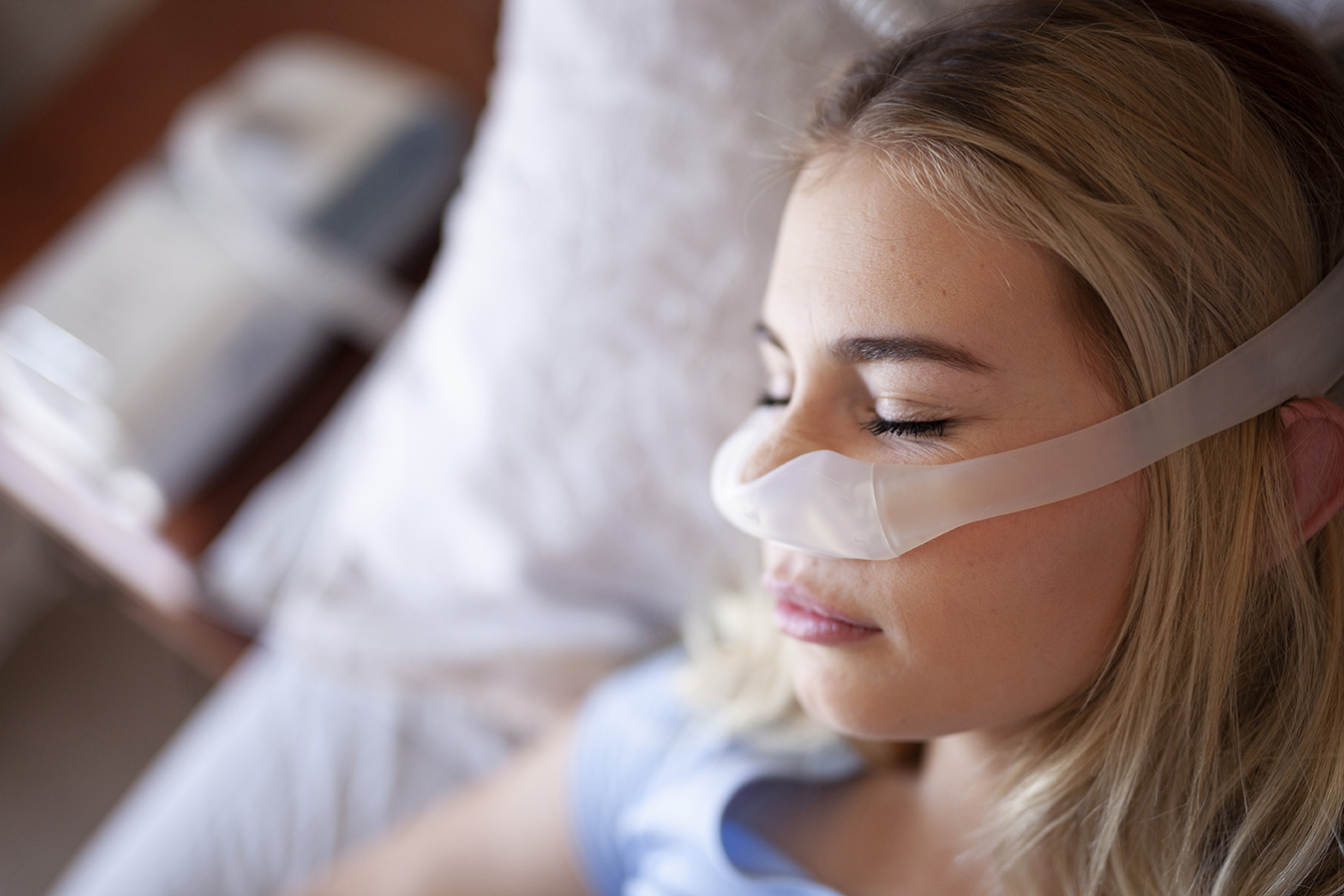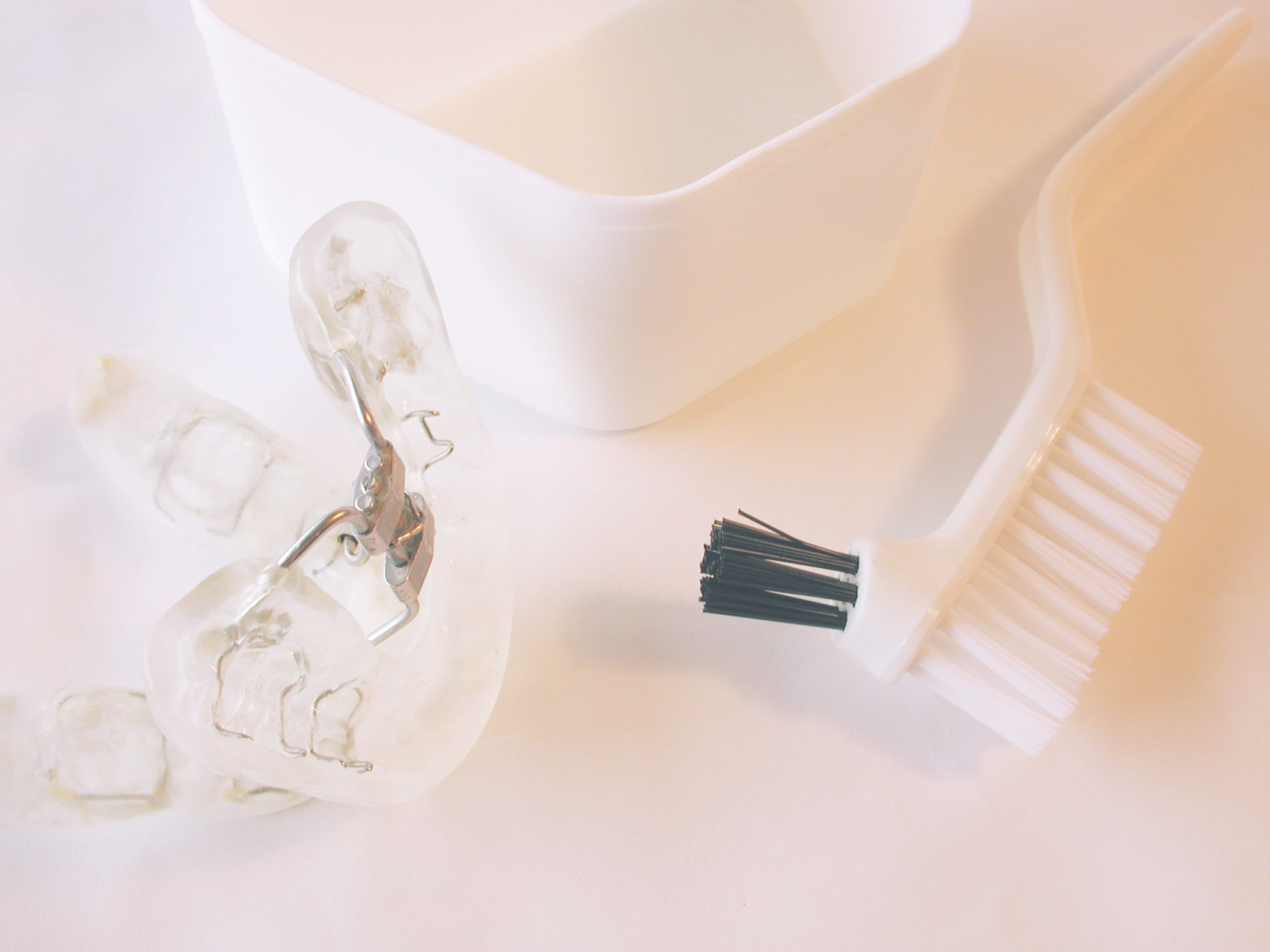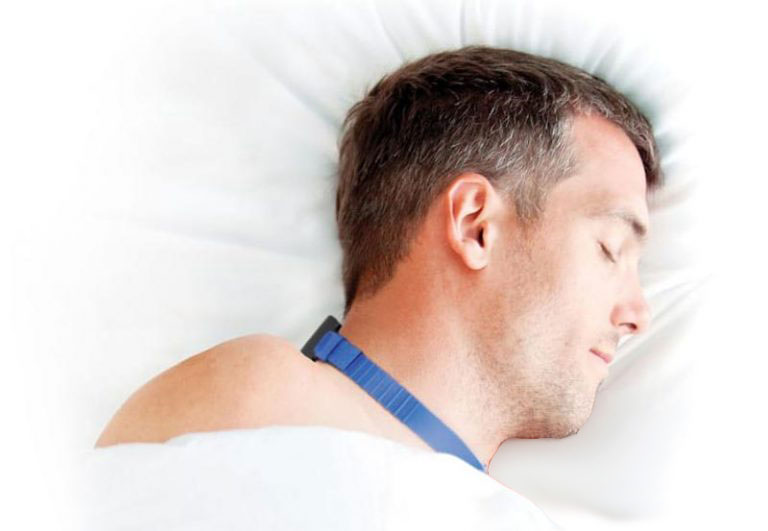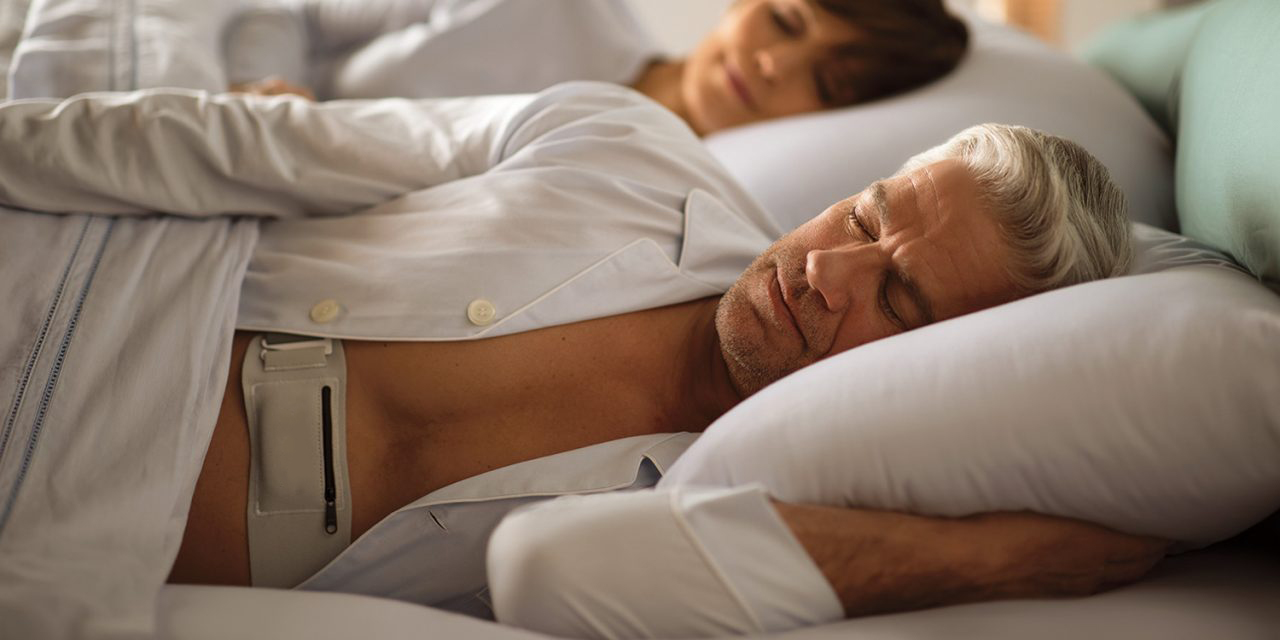Sleep Disorders Treatment
Sleep Disorders can be treated by several methods depending on severity, anatomical structure of the upper airway and when during sleep the apnoeas occur. Our Specialist Physicians can recommend a tailored treatment plan to suit your individual needs.
Continuous Positive Airway Pressure
If you have Obstructive Sleep Apnoea (OSA), your tongue or soft palate can relax whilst you sleep causing a narrowing of the airway, temporarily reducing or stopping breathing. These OSA events for some people can occur hundreds of times per night, every night and in most cases go unnoticed by the person experiencing them.
Continuous Positive Airways Pressure (CPAP) is a mechanical ventilator that acts as a “pressure splint” to hold the airway open when you are asleep. By using a small mask over the nose, or nose and mouth, the CPAP machine supplies a continuous gentle air pressure that prevents the airway from collapsing. These devices are considered the Gold Standard in treating Obstructive Sleep Apnoea and are well tolerated my many users.

Types of CPAP Machines
There are two types of CPAP Machines to treat OSA:
- Automatic Pressure (APAP): These machines have a specific inbuilt algorithm that measures your breathing in real-time as you sleep. As the APAP machine detects reoccurring obstructive apnoeas it will increase the pressure automatically to ensure that your upper airway remains open whilst you sleep.
- Continuous Pressure (CPAP): These machines supply a continuous flow of air regardless of your breathing pattern. It is important that the machine is programmed for the correct air pressure and this pressure can be determined by doing an overnight study in the clinic or by assessing your pressure readings on an APAP machine for a set amount of days.
What to expect
CPAP should be prescribed by a trained Sleep and Respiratory Physician and can be organised onsite or at a clinic of your choosing.
Commencing CPAP usually starts with a trial period, this allows familiarisation with breathing on a CPAP machine and also trying different masks to find the one that feels most comfortable.
There are also some government programs that can provide you long term CPAP machines at a fraction of the cost of purchasing, these programs also require a trial period to establish compliance on the machine.
Mandibular Advancement Splint
A Mandibular Advancement Splint (MAS) is a custom-molded medical device worn in the mouth used to treat obstructive sleep apnoea and snoring. MAS are usually used in treating mild to moderate OSA, and moderate to severe OSA if you are intolerant to CPAP therapy. They work by moving the jaw forward bringing the tongue base forward slightly increasing the circumference of the upper airway.
What to expect
MAS devices should be custom-molded by a dentist experienced in treating obstructive sleep apnoea. This is usually done over two appointments and involves an initial consultation with the dentist where they will take an impression of you upper an lower teeth. The second consultation the dentist will fit the MAS and adjust the alignment accordingly.

Positional Therapy
Some Obstructive Sleep Apnoea only occurs when lying on your back, referred to as Positional OSA. If the majority of your sleep apnoea is on your back our Sleep Physician might suggesting using a positional device. A common positional therapy device emits a small vibration when lying on your back causing you to roll to your side, this usually happens without disturbing your sleep or waking you up.
Types of Positional devices
There are two types of position devices OSA:
- Electronic vibration sensors: These are worn around the neck and are quite thin allowing you to easily roll between your left and right side. When lying in a supine position, on your back, a vibration is emitted from the device that causes you to move to either side. These devices can record body position and a report can be generated for the Sleep Physician to review.
- Pillow Devices: These are worn around the upper torso and have a foam padded section that physically stops you from sleeping on you back.


